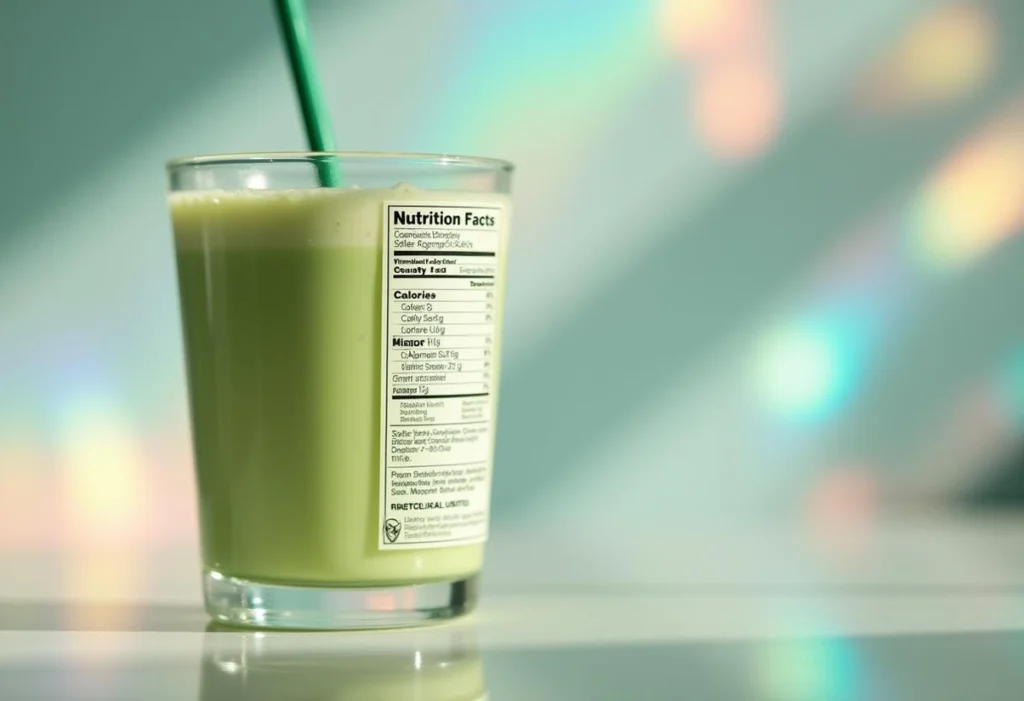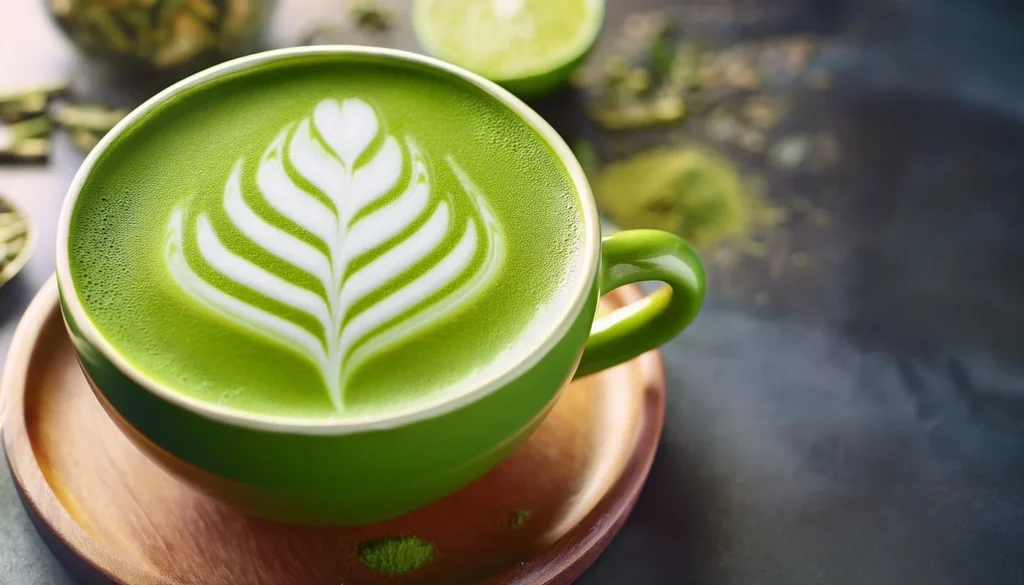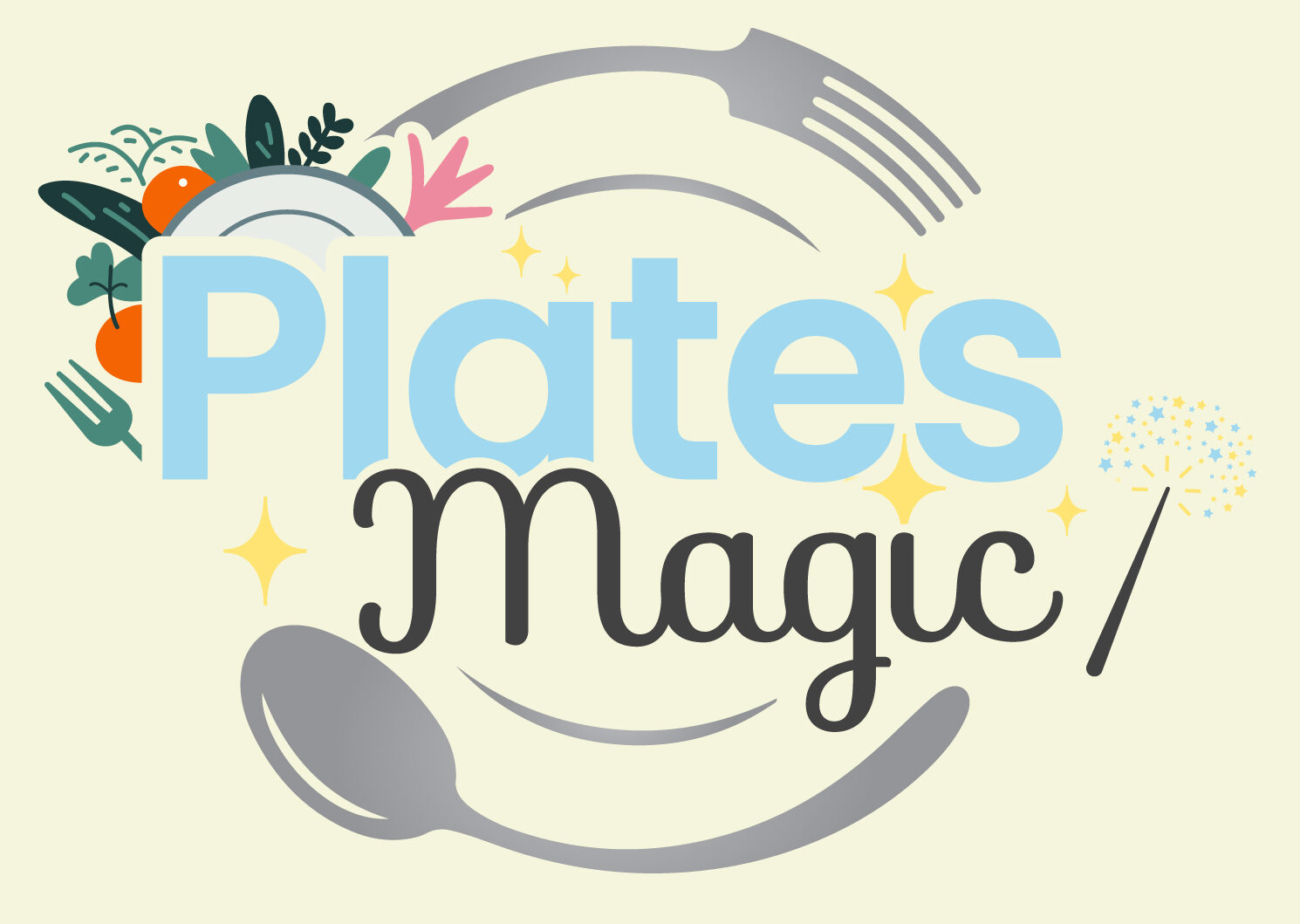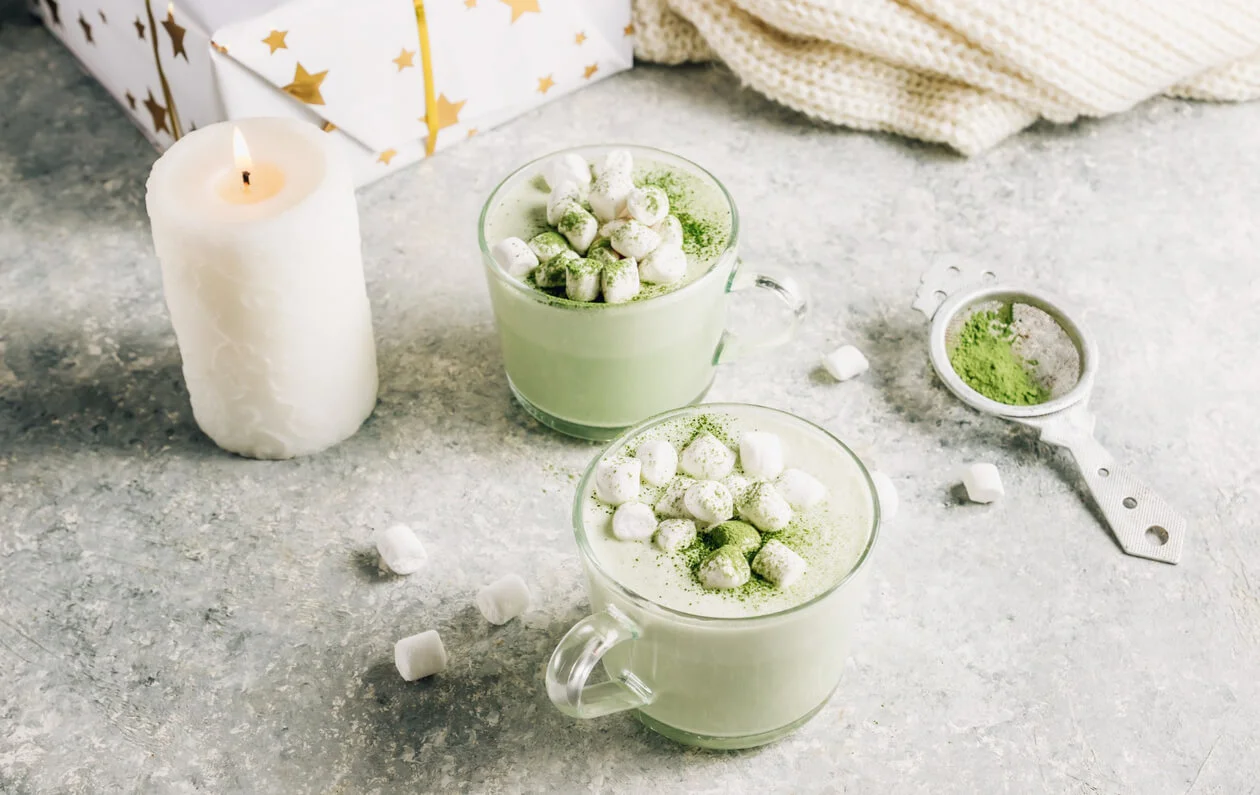Introduction
Starbucks’ matcha latte has gained immense popularity as a health-focused beverage, loved for its vibrant green color, creamy texture, and purported health benefits. Whether served hot or iced, this drink has become a staple for tea enthusiasts and wellness seekers alike. But, is a matcha latte healthy from Starbucks? This article answers the question many ask: Is a matcha latte healthy from Starbucks? By exploring its ingredients, calorie content, and health implications, you’ll find out how this popular beverage aligns with your dietary goals.
We’ll also explore common questions such as, “Is Starbucks matcha tea real matcha?” and “Is a matcha latte healthier than coffee?” Additionally, we’ll discuss how variations like the Starbucks matcha latte with oat milk or almond milk impact its healthiness. By understanding these aspects, you can enjoy this popular drink in a way that suits your lifestyle.
What is a Matcha Latte from Starbucks?
What Goes into a Starbucks Matcha Latte?

The Starbucks matcha latte is a blend of powdered matcha, milk, and optional sweeteners, making it a creamy and flavorful beverage. Unlike traditional matcha, which is pure green tea powder, Starbucks’ version uses a matcha blend. This blend combines green tea powder with sugar to ensure a sweet and consistent taste.
Starbucks matcha lattes can be customized with various milk options, such as almond milk, oat milk, soy milk, or regular dairy milk, allowing you to tailor the flavor and calorie content to your preferences. The drink can also be served hot or iced, providing versatility for different seasons and moods.
Is Starbucks Matcha Tea Real Matcha?
Many people wonder, Is Starbucks matcha tea real matcha? The answer is both yes and no. While the powder does contain authentic green tea matcha, it is not pure. Starbucks matcha powder is pre-sweetened with sugar, with sugar accounting for a significant portion of the blend.
This means that while you’re enjoying the benefits of matcha’s natural antioxidants and moderate caffeine content, you’re also consuming added sugar with every sip. For those looking to enjoy pure matcha for its health benefits, this blended version may not be the ideal choice. However, Starbucks’ recipe balances flavor and sweetness, making it more accessible to a broader audience.
For more details about Starbucks’ matcha blend and its ingredients, visit What Does Starbucks Put in the Matcha Latte?.
Nutritional Profile of Starbucks Matcha Latte
Matcha Latte Starbucks Calories
The calorie content of a Starbucks matcha latte varies based on its size and whether it’s served hot or iced. Here’s a breakdown of the approximate calorie counts for standard recipes with 2% milk and no additional customization:
- Tall (12 oz): ~200 calories
- Grande (16 oz): ~240 calories
- Venti (20 oz hot/24 oz iced): ~320 calories

Hot and iced versions share similar calorie counts, but ice can slightly reduce the volume of milk, marginally altering the final numbers. These calories come from the milk, sweetened matcha powder, and optional syrups or toppings.
Starbucks Matcha Latte with Oat Milk Calories
Customization significantly impacts the nutritional value of your matcha latte. For instance, substituting 2% milk with oat milk, almond milk, or whole milk changes the calorie count as follows (based on Grande size):
- Oat Milk: ~210 calories
- Almond Milk: ~190 calories
- Whole Milk: ~260 calories
Choosing plant-based options like oat or almond milk often reduces overall calorie intake and saturated fat. However, oat milk may contain more natural sugars compared to almond milk. Customizing your drink by requesting fewer scoops of matcha powder or unsweetened milk can also help control calorie intake.
Iced Matcha Latte Starbucks Price and Ingredients
The price of an iced matcha latte at Starbucks depends on the size and region but generally ranges from $4.75 to $6.25. Customizations, like adding syrups or switching to premium plant-based milks, can increase the cost.
In terms of ingredients, the iced matcha latte contains the same sweetened matcha powder, milk, and ice. While the sugar content remains consistent across sizes, the sweetness is often balanced by the dilution from the ice, making the iced version slightly lighter in taste.
By understanding the nutritional profile and cost implications of Starbucks matcha lattes, you can make more informed choices to align with your dietary goals.
Health Benefits and Concerns of Starbucks Matcha Latte
Is Starbucks Matcha Latte Good for You?
Starbucks matcha latte can be a good choice for those seeking a flavorful and energizing beverage with potential health benefits. Matcha is rich in antioxidants, particularly catechins, which can help combat free radicals and support overall health. It also contains L-theanine, an amino acid that promotes relaxation without drowsiness, balancing the natural caffeine in matcha to provide a sustained energy boost.
While a Starbucks matcha latte has its benefits, you can also explore healthier alternatives for other popular breakfast items, such as What Is the Healthiest Type of Pancake?.

However, the healthiness of Starbucks’ version depends largely on its sugar content. The sweetened matcha powder used in their lattes contains a significant amount of sugar, with each scoop including approximately 15 grams of sugar. For a Grande size (16 oz), this can translate to nearly 30 grams of sugar or more, depending on the number of scoops used. While the antioxidants in matcha are beneficial, the high sugar content might offset these benefits, especially for individuals watching their sugar intake.
Given the sugar content, the answer to whether a matcha latte is healthy from Starbucks depends on how you customize your drink.
This Harvard resource educates readers about the health implications of added sugars and their dietary impact.
Is a Matcha Latte Healthier than Coffee?
When comparing a matcha latte to coffee, the answer depends on what you’re looking for in a beverage. Caffeine levels in matcha are lower than in coffee, with a Grande Starbucks matcha latte containing around 80 mg of caffeine compared to 150–200 mg in a similar-sized cup of brewed coffee. This makes matcha a gentler option for those sensitive to caffeine.
From a health perspective, matcha lattes offer additional nutritional benefits due to the antioxidants and L-theanine found in matcha. In contrast, black coffee is calorie-free but doesn’t provide the same micronutrients. On the other hand, a regular coffee with no added sugar is healthier than a matcha latte with sweetened matcha powder if you’re monitoring your sugar intake.
For individuals with specific dietary preferences, matcha lattes can be customized with plant-based milks, making them a flexible option. However, the sugar content remains a concern unless adjustments, such as fewer matcha scoops or unsweetened milk, are requested.
Drinking Matcha Latte for Weight Loss
A Starbucks matcha latte might not be the best option for weight loss due to its calorie content and added sugars. A Grande matcha latte with 2% milk contains approximately 240 calories, with much of it coming from sugar. This can make it a high-calorie choice for a drink, particularly if consumed daily.
However, matcha itself has been linked to weight loss benefits. It may help boost metabolism and support fat burning due to its catechin content. These benefits are more pronounced when matcha is consumed in its pure, unsweetened form. To make Starbucks’ version more weight-loss-friendly, consider requesting almond milk, which is lower in calories, and reducing the number of matcha scoops to limit sugar intake.
Ultimately, while a Starbucks matcha latte provides some of the health benefits of matcha, its sweetened nature makes it less ideal for weight-conscious individuals unless carefully customized.
Customizing Your Starbucks Matcha Latte for Better Health
Reducing Sugar in Your Matcha Latte
If you love Starbucks’ matcha latte but are concerned about its sugar content, customization is your best friend. Here are some tips to make your drink healthier without sacrificing too much flavor:
- Fewer Matcha Scoops: Ask for fewer scoops of matcha powder to reduce sugar levels. For instance, request two scoops instead of the standard three in a Grande size.
- Opt for Unsweetened Milk: Substitute the default milk with unsweetened almond, oat, or soy milk to cut down on added sugars.
- Skip the Syrups: If you enjoy additional flavor, ask for sugar-free syrup options or avoid syrups entirely.
- Avoid Whipped Cream: Although not standard, whipped cream can add unnecessary sugar and calories if added to your drink.
By tweaking your order with these adjustments, you can significantly reduce the sugar in your matcha latte.
If you’re looking to enjoy a healthier version or want to replicate the Starbucks matcha latte at home, consider trying this Starbucks matcha latte recipe with fewer sweeteners.
Best Milk Options for a Healthier Starbucks Matcha Latte
The choice of milk plays a significant role in determining the calorie and nutritional content of your Starbucks matcha latte. Here’s how popular options compare for a Grande size:
- Almond Milk: ~190 calories, low in fat and sugar. Ideal for a light, nutty flavor.
- Oat Milk: ~210 calories, slightly creamier with higher natural sugars. Great for a fuller texture.
- Soy Milk: ~210 calories, a balanced option for creaminess and protein.
- Nonfat Milk: ~200 calories, less creamy but low in fat and sugar.
For the healthiest choice, almond milk is often the best option due to its low calorie and sugar content. However, oat and soy milk provide a creamier texture if that’s your preference.
Low-Calorie Matcha Latte Options at Starbucks
To enjoy a low-calorie matcha latte, consider these customizations:
- Choose Almond Milk: This is one of the lowest-calorie milk options available at Starbucks.
- Reduce Matcha Scoops: Requesting fewer scoops decreases both calorie and sugar content.
- Go Light on Sweeteners: Opt for no syrup or a sugar-free alternative to keep added sugars at bay.
- Size Matters: A Tall size (12 oz) has fewer calories compared to a Grande or Venti.
For instance, a Tall iced matcha latte with almond milk and two scoops of matcha powder can be as low as 120–150 calories, making it a more weight-conscious option.
By customizing your Starbucks matcha latte, you can enjoy a delicious, healthier version that aligns with your dietary goals.
FAQ Section
Is Drinking Matcha Latte Healthy?
Drinking a matcha latte can be healthy when consumed in moderation, especially if it’s made with pure matcha. Matcha is loaded with antioxidants, particularly EGCG, which may help reduce inflammation, support heart health, and even promote weight management. Additionally, matcha contains L-theanine, which encourages relaxation and focus, making it an excellent choice for a steady energy boost without the jitters associated with coffee.
However, when it comes to a Starbucks matcha latte, the added sugar content can diminish its health benefits. The standard recipe includes sweetened matcha powder, contributing to higher calorie and sugar levels. To enjoy the benefits of matcha while limiting sugar intake, consider customizing your drink with fewer matcha scoops and unsweetened milk options.
Is Starbucks Matcha Latte Real Matcha?
Starbucks matcha lattes use a matcha blend that combines real green tea matcha with sugar. While the powder does contain authentic matcha, it is not pure, as sugar makes up a significant portion of the blend. This sweetened version ensures a consistent taste but also adds calories and sugars that traditional matcha doesn’t include.
For those seeking the full health benefits of pure matcha, consider trying unsweetened matcha at home or from specialty tea shops. However, Starbucks’ matcha blend offers a more accessible flavor profile for those new to matcha or looking for a sweet, creamy treat.
Conclusion: Is a Matcha Latte Healthy from Starbucks?
So, is a matcha latte healthy from Starbucks? The answer depends on how you approach it. Starbucks matcha latte offers several health benefits thanks to matcha’s natural antioxidants and L-theanine, which support focus, relaxation, and metabolism. It’s also a versatile beverage that can be enjoyed hot or iced, with various milk options to suit your preferences.
However, the significant sugar content in Starbucks’ sweetened matcha powder is a drawback, especially if consumed regularly. This added sugar can overshadow some of the health benefits, making the drink less ideal for those monitoring their calorie or sugar intake.
To make the most of this popular beverage, customization is key. Reducing the number of matcha scoops, opting for unsweetened milk, or choosing a smaller size can transform it into a healthier option without sacrificing the experience. With these adjustments, you can enjoy the vibrant taste and benefits of matcha while aligning the drink with your dietary goals.
In the end, a Starbucks matcha latte can be a healthy choice when tailored to your needs. As always, moderation and mindful customization make all the difference.
Additional Tips and Insights
Replicating a Starbucks Matcha Latte at Home
Making your own matcha latte at home is a cost-effective and healthier alternative to the Starbucks version. Here’s how you can replicate it:
- Ingredients: You’ll need high-quality matcha powder, your milk of choice (e.g., almond, oat, or dairy), and a sweetener like honey, agave, or stevia (optional).
- Preparation:
- Sift 1–2 teaspoons of matcha powder into a bowl to avoid clumps.
- Add a small amount of hot water (not boiling) and whisk until frothy using a bamboo whisk or a milk frother.
- Heat your milk separately, then combine with the matcha.
- Sweeten to taste and enjoy hot or over ice.
Cost and Health Benefits
Homemade matcha lattes are significantly cheaper than Starbucks, costing around $1–$2 per serving compared to $4–$6 at the store. Moreover, you have complete control over the ingredients, allowing you to skip added sugars and customize the sweetness and milk type to suit your dietary needs.
By choosing pure matcha powder, you’ll also maximize the drink’s health benefits, enjoying its full antioxidant potential without the added sugars found in Starbucks’ sweetened version.

